
Unblocking credit flows
Previously, bad debts were handled by the provisions of Resolution No. 42/2017/QH14 dated June 21, 2017 of the National Assembly on piloting the handling of bad debts of credit institutions. During its effective period, Resolution No. 42/2017/QH14 helped increase the scale of bad debts handled monthly by 65% and the rate of customers paying their own debts out of the total handled on-balance sheet bad debts increased to 36% from 23% in the period 2012-2017, before this resolution took effect.
However, when this resolution expires in December 2023, the recovery of collateral from banks' bad debts depends on customers' cooperation or through lengthy litigation procedures, causing debt recovery rates to drop sharply.
According to experts as well as representatives of commercial banks, the National Assembly's passing of the Law amending and supplementing the Law on Credit Institutions at its recent ninth session, with the content of legalizing Resolution No. 42/2017/QH14, is an important step to resolve the "bottleneck" of bad debt, unblock credit capital flows and support economic growth of 8% in 2025.
Accordingly, the Law on Credit Institutions (amended) allows individuals and legal entities (including those not specialized in debt) to buy bad debt; bad debt and secured assets can be transparently transferred to a third party...
Credit institutions or debt trading units are allowed to seize secured assets under legal conditions, including having to publicly disclose information at least 15 days before seizure if it is real estate.
Court procedures are also shortened, such as: Faster support when disputing the delivery of secured assets, if the contract or secured transaction has been registered and is not related to people or assets abroad; the debt buyer inherits the right to receive mortgage and register mortgage, including assets formed in the future...
Governor of the State Bank Nguyen Thi Hong said that legalizing Resolution No. 42/2017/QH14 will create a stable and long-term legal basis, helping to handle bad debts more effectively, while protecting the interests of credit institutions, depositors and borrowers. Loans from credit institutions are deposits of the people, so protecting credit institutions also means protecting depositors.
"When bad debts are handled, credit institutions will have more resources to circulate capital, meeting customers' loan needs. At the same time, reducing bad debts also helps credit institutions reduce the pressure of risk provisions, thereby creating conditions to reduce lending interest rates, bringing benefits to both businesses and borrowers," said Governor Nguyen Thi Hong.
Restoration of bank's right to seize collateral
In fact, many international organizations have also recommended that Vietnam should have regulations to protect lenders to enhance the safety of the financial system. To ensure the rights of borrowers and avoid abuse, the Law on Credit Institutions (amended) has clearly stipulated the conditions, processes, procedures and public procedures for the seizure of secured assets. Credit institutions must develop transparent internal processes and comply with legal regulations when handling secured assets.
The important content of the Law on Credit Institutions (amended) is highly appreciated as restoring the right to seize collateral assets of banks, thereby helping to improve the asset quality of the banking system in the coming time.
According to a representative of the credit rating agency VIS Rating, the Law on Credit Institutions (amended) will restore the right to seize collateral assets of banks that are not disputed or seized in certain criminal cases. This is an important mechanism that was allowed to be applied in Resolution No. 42/2017/QH14.
With the amendment of the Law on Credit Institutions, the right to seize collateral of banks has been restored, thereby helping to recover bad debts faster and improve the asset quality as well as the profitability of banks, especially retail banks and less lending to speculative segment projects.
It is forecasted that the legalization of Resolution No. 42/2017/QH14 will help reduce the bad debt ratio of the entire system to below 3% in the first year of application, helping to reduce the pressure on provisioning, improve profits and create room for banks to lower lending interest rates, thereby supporting businesses and people to access capital at reasonable costs.
Experts from Saigon Securities Inc. (SSI) also said that the new legal framework will shorten debt settlement time and improve capital recovery efficiency, especially for debts related to real estate - a type of asset that accounts for 80-90% of mortgage value in the banking system.
However, in the context of strong credit growth as present, experts also note that banks need to tighten risk management and improve credit quality to avoid bad debt recurrence, new loan balance must ensure quality. At the same time, management agencies still need to develop the debt trading market to fundamentally handle the bad debt problem.
Source: https://hanoimoi.vn/luat-cac-to-chuc-tin-dung-sua-doi-phao-cuu-sinh-de-ngan-hang-xu-ly-no-xau-707751.html



![[Photo] National Assembly Chairman Tran Thanh Man receives a business delegation from the Europe-ASEAN Business Council](/_next/image?url=https%3A%2F%2Fvphoto.vietnam.vn%2Fthumb%2F1200x675%2Fvietnam%2Fresource%2FIMAGE%2F2025%2F11%2F24%2F1763989198212_ndo_br_bnd-7394-jpg.webp&w=3840&q=75)

![[Photo] Prime Minister Pham Minh Chinh attends the patriotic emulation congress of the banking sector](/_next/image?url=https%3A%2F%2Fvphoto.vietnam.vn%2Fthumb%2F1200x675%2Fvietnam%2Fresource%2FIMAGE%2F2025%2F11%2F24%2F1763981997729_tt-nhnn-jpg.webp&w=3840&q=75)


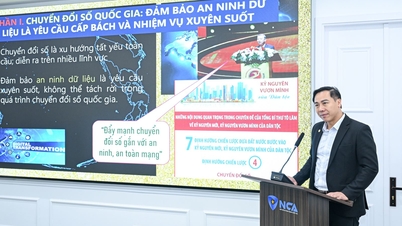





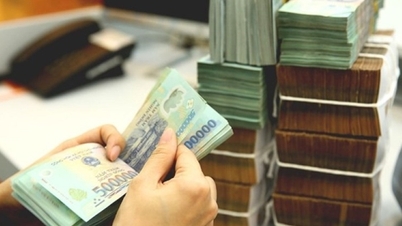






















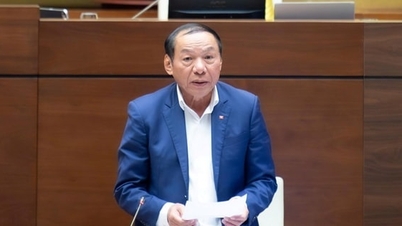


![[Photo] Next to the "mountain of trash" after the flood, Tuy Hoa residents strive to rebuild their lives](/_next/image?url=https%3A%2F%2Fvphoto.vietnam.vn%2Fthumb%2F1200x675%2Fvietnam%2Fresource%2FIMAGE%2F2025%2F11%2F24%2F1763951389752_image-1-jpg.webp&w=3840&q=75)




















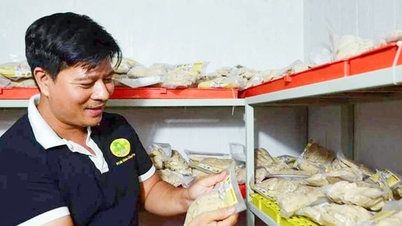


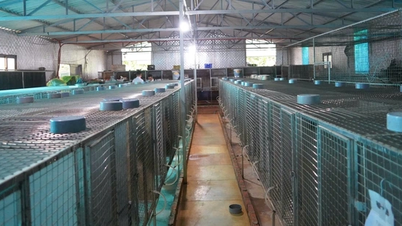




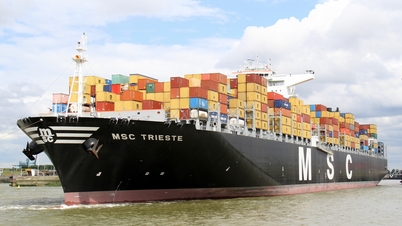

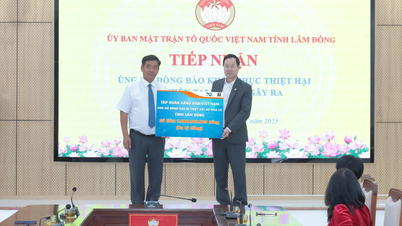






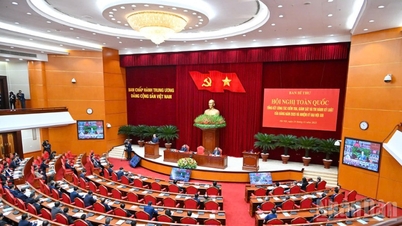





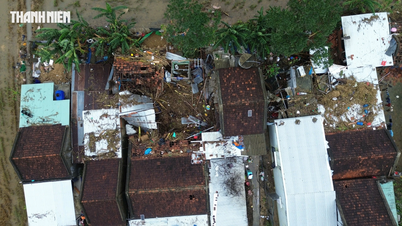






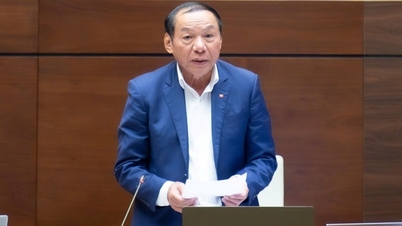
























Comment (0)